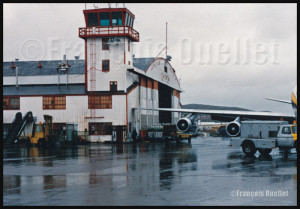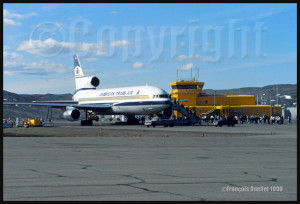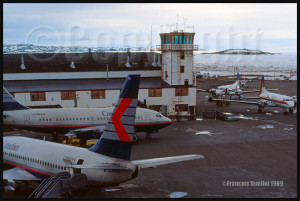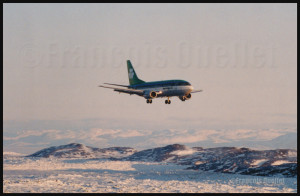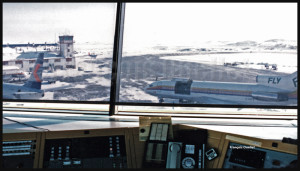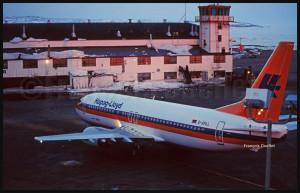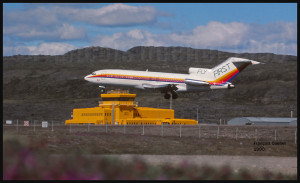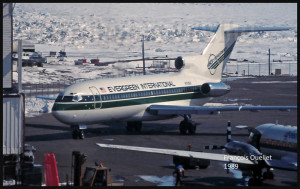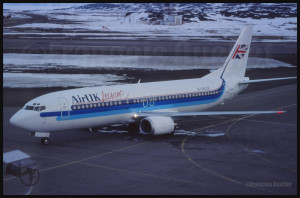In 1989, News North journalist Cam Lockerbie wrote an article about the misadventure of passengers who were forced to stay longer than expected in Iqaluit because of a stopover that went wrong.
A Trans Ocean Airways DC-8 on a flight from San Francisco to Great Britain had stopped in Iqaluit, on Canada’s Baffin Island in the Nunavut, to refuel but experienced some problems during the refueling process. The aircraft would not be able to depart before the next day and 220 passengers had to find a place to sleep in Iqaluit.
Impressive efforts were deployed to help those stranded passengers since there was far from enough hotel rooms to accommodate everyone. Eventually, the passengers were dispersed throughout the town and, although there were not enough beds for everyone, there was at least a roof provided for the night.
The spare parts needed for the broken DC-8 were delivered by charter jet directly from United States. After the repair was done, the DC-8 attempted to move but faced another problem. It had to find enough space to manoeuver between a hangar and an American Trans Air Lockheed L-1011 that was refueling. An airline company employee was requested to guide the DC-8 and ensure that it would not come into contact with the L-1011 or the hangar.
The newspaper article mentioned that the aircraft was not able to move past the hangar and that part of the wing had to be dismantled. What the journalist did not write, certainly because he ignored it, is that there was a contact between the hangar door and the wing tip, in spite of the person walking in front of the DC-8, like you can see on the picture above taken by an Iqaluit flight service station FSS.
On the return flight, the same DC-8 experienced an alternator problem but the engineer’s resourcefullness prevented the passengers to spend another night in Iqaluit. In the following year, the company declared bankruptcy.
For more real life stories as a FSS in Iqaluit, click on the following link: Flight service specialist (FSS) in Iqaluit
